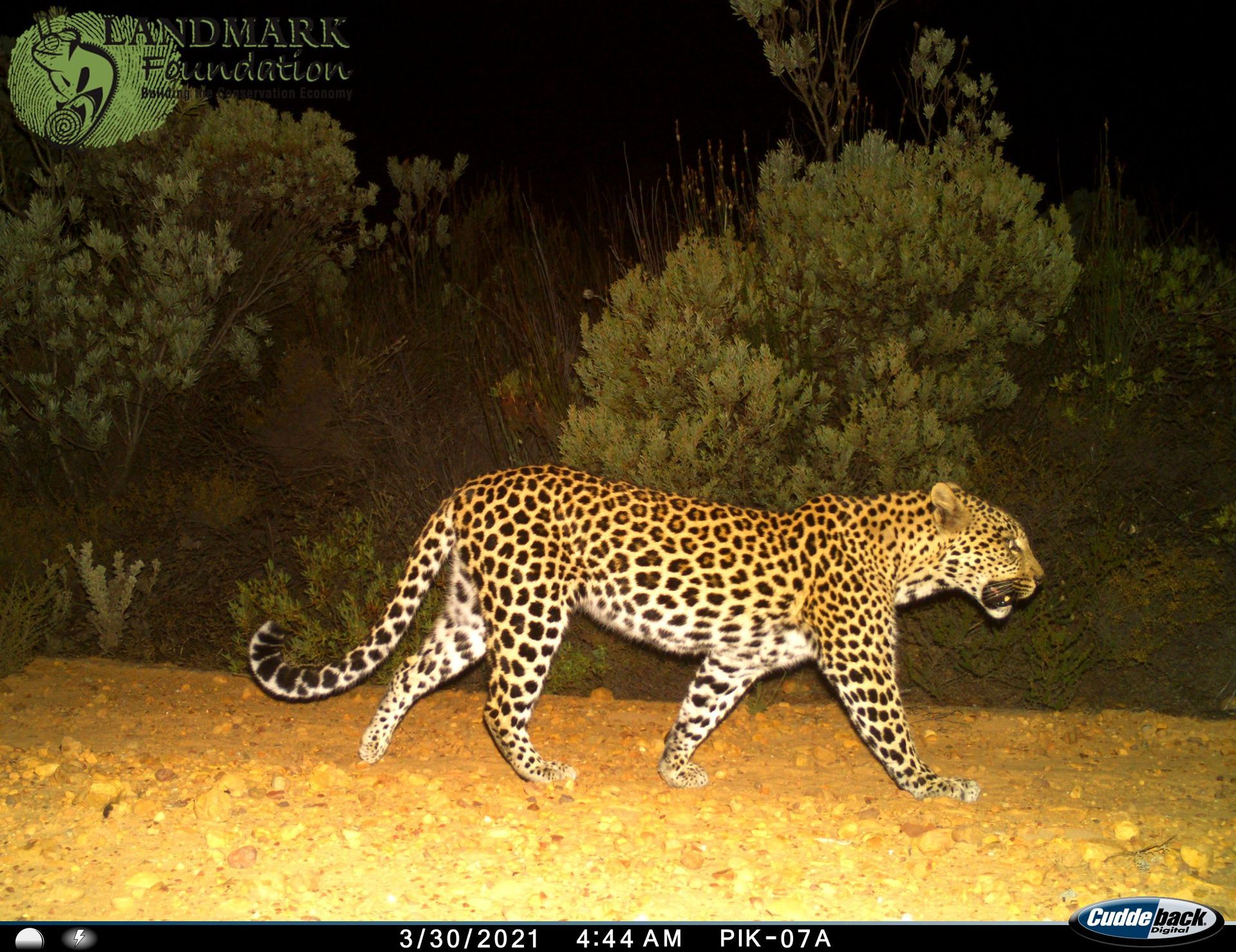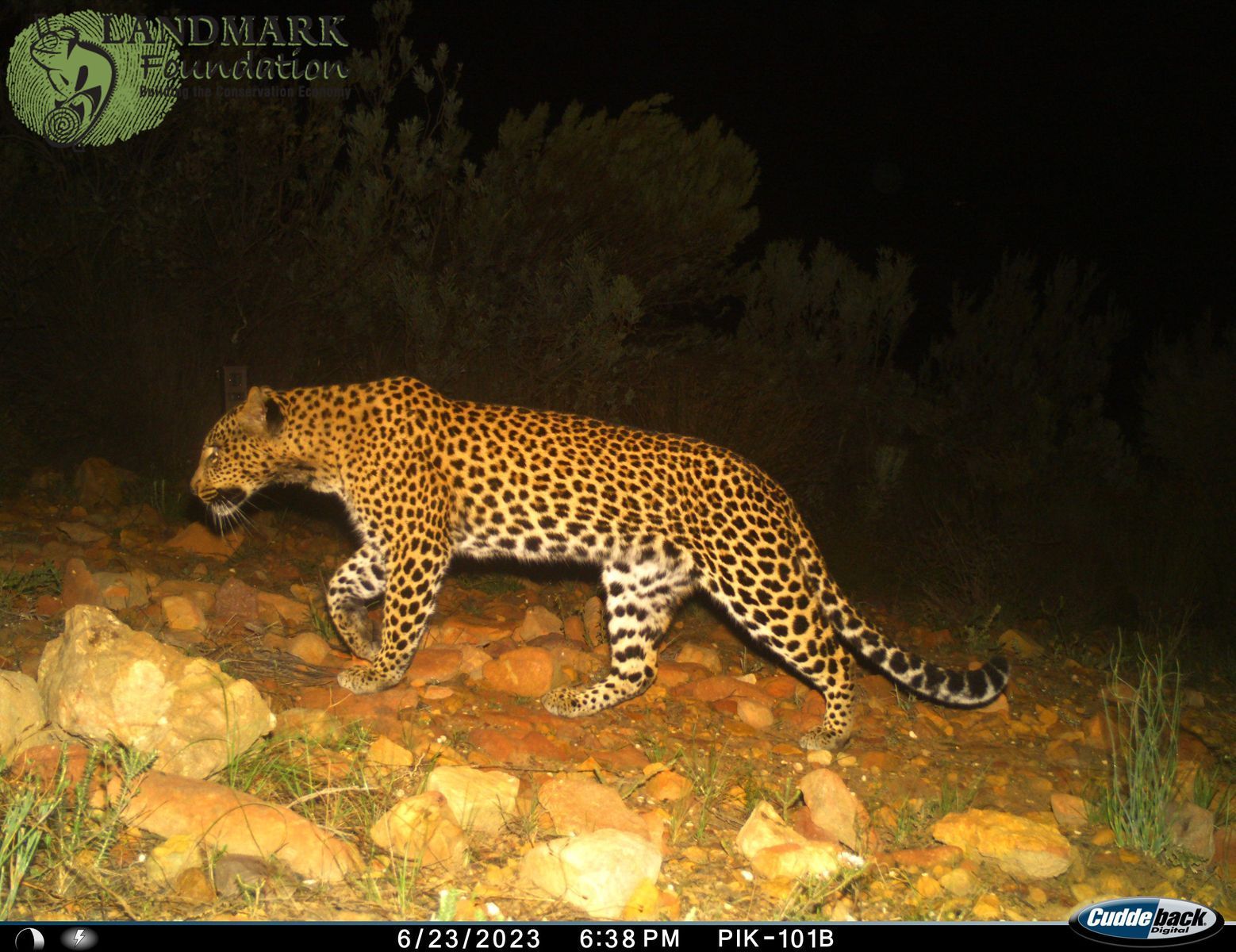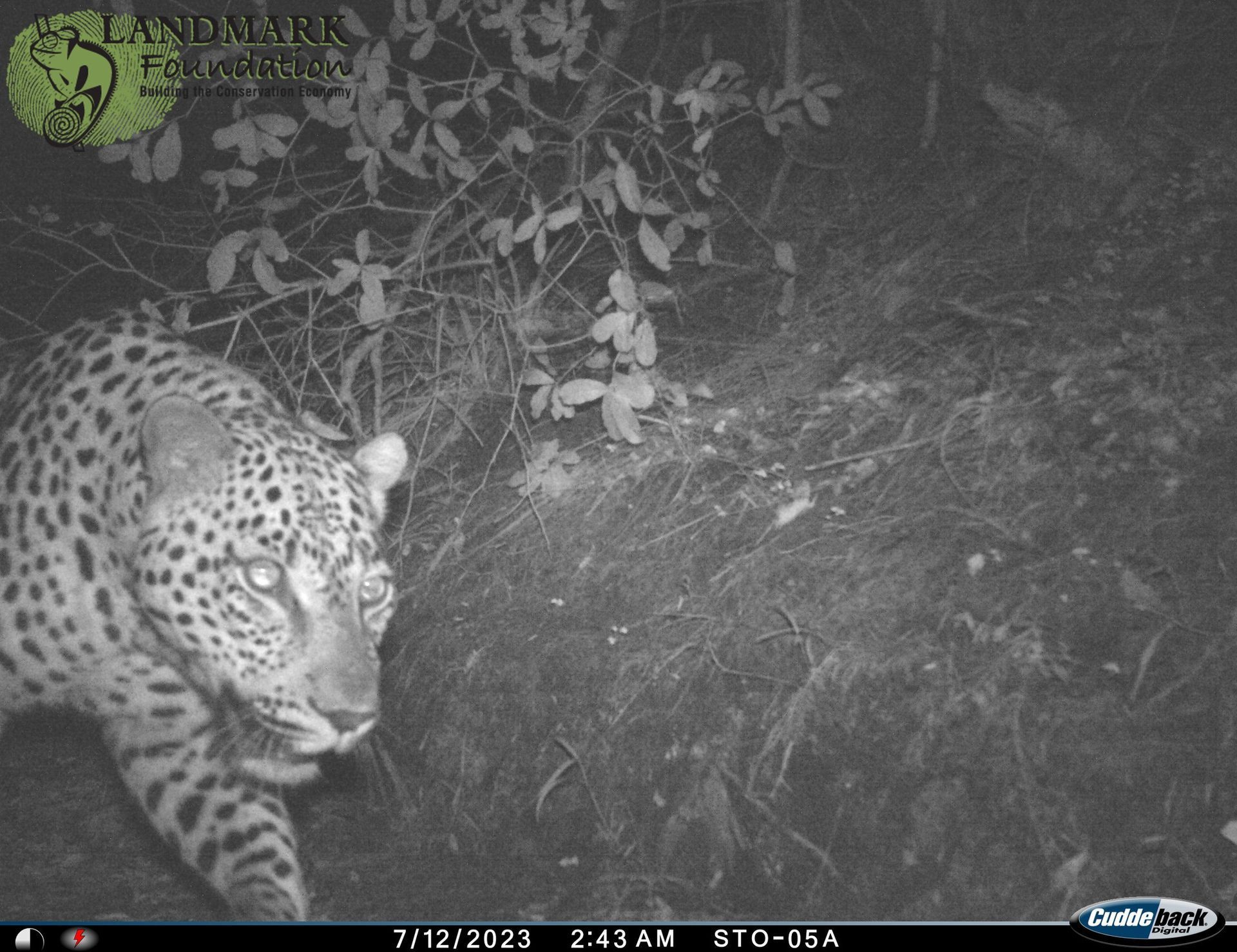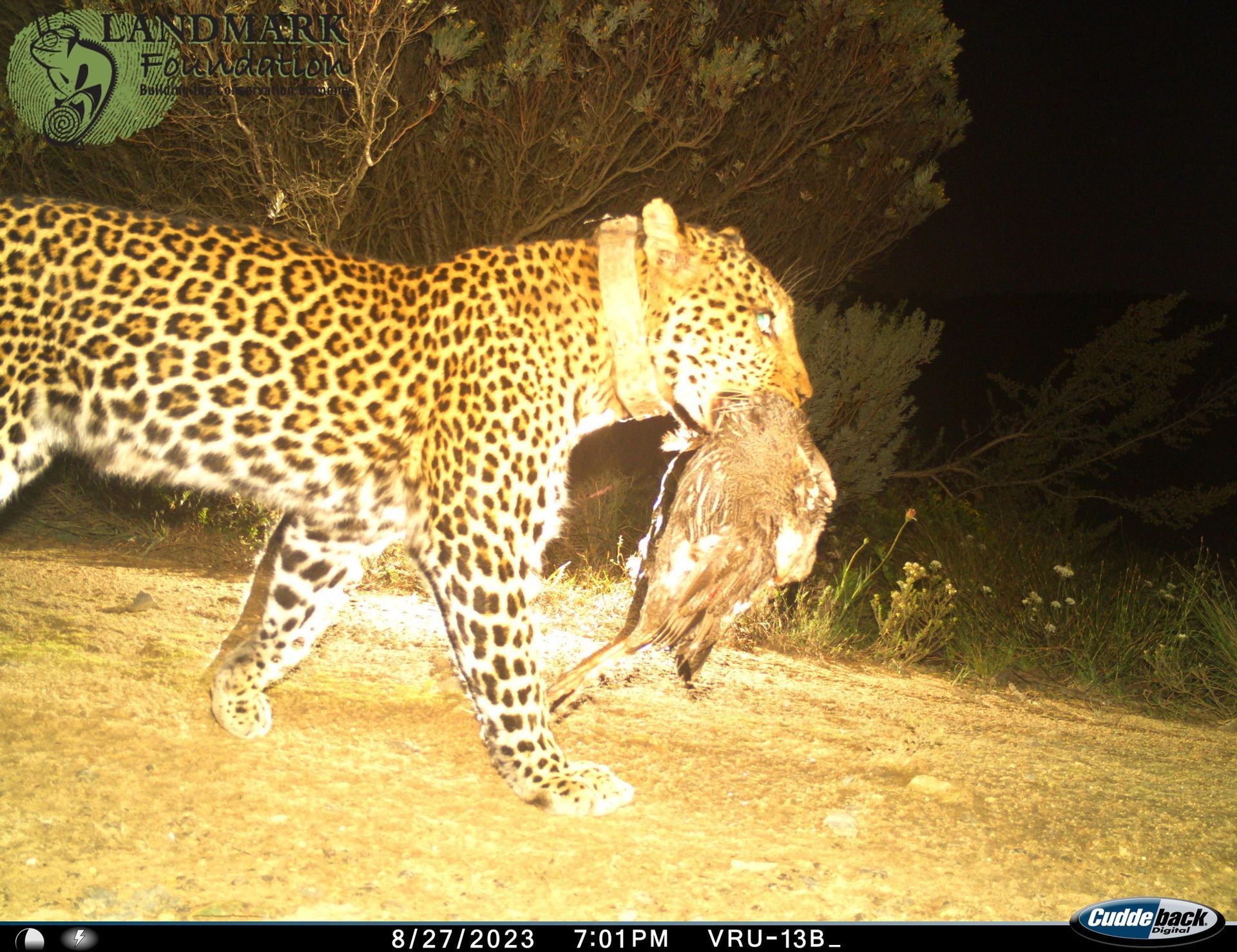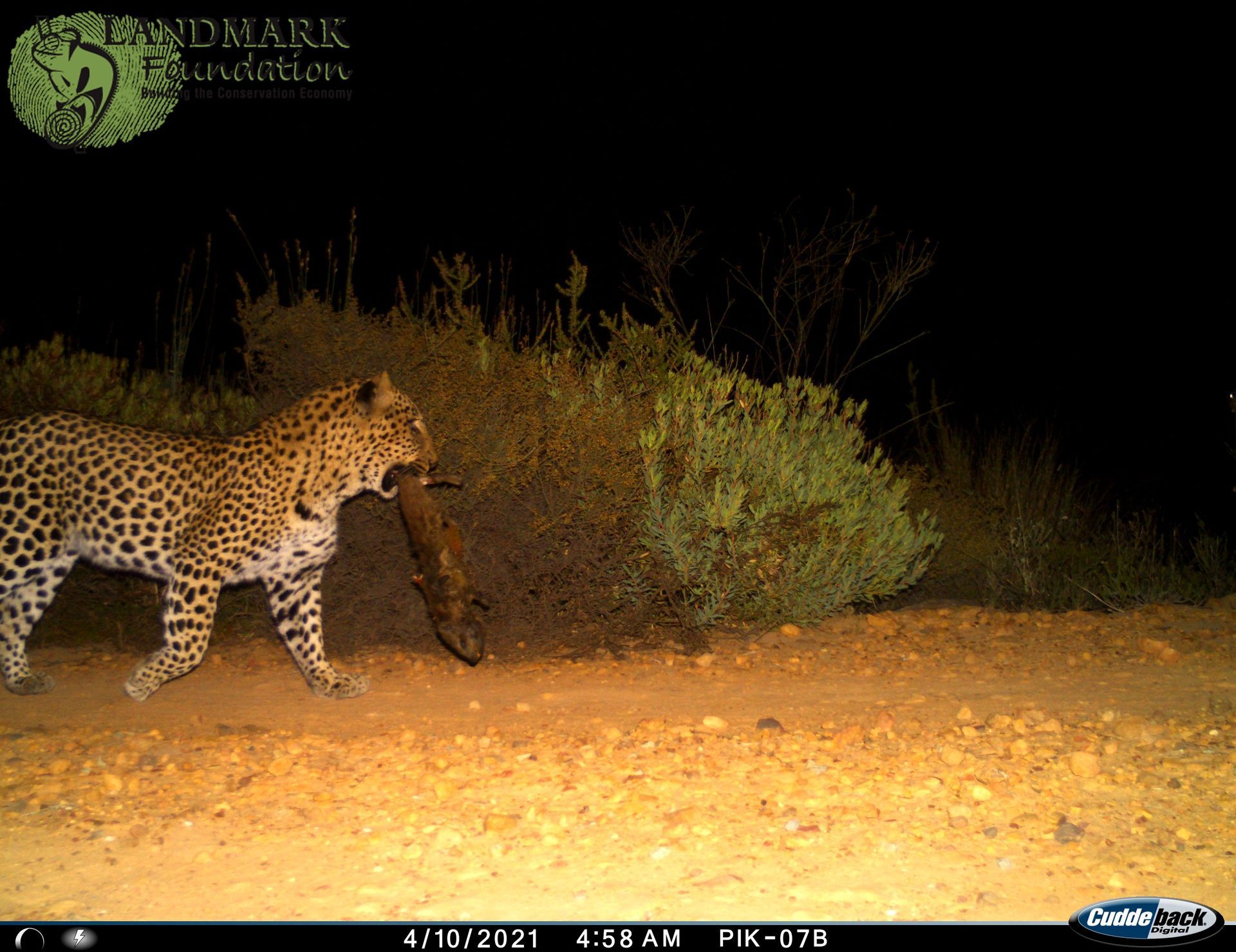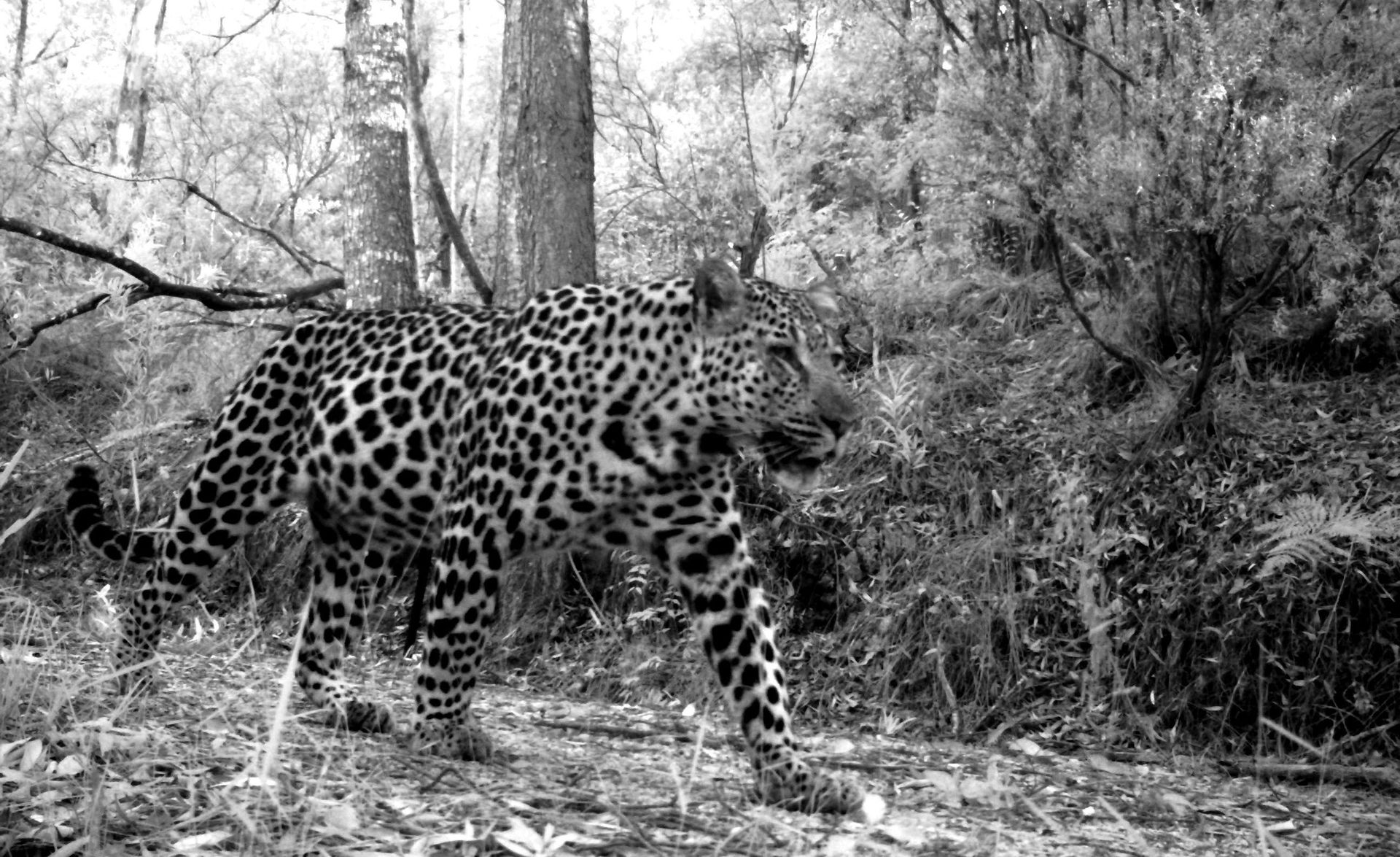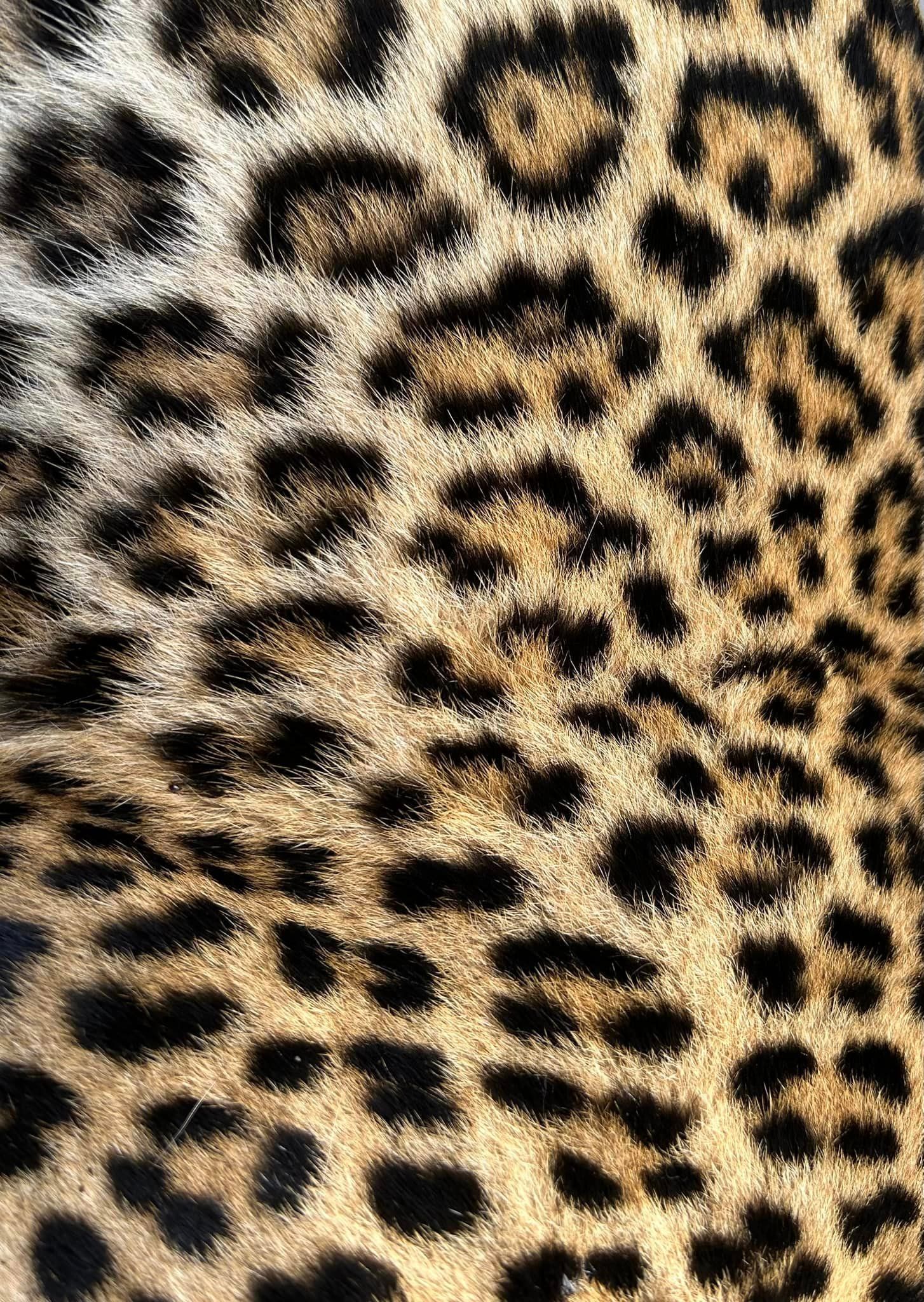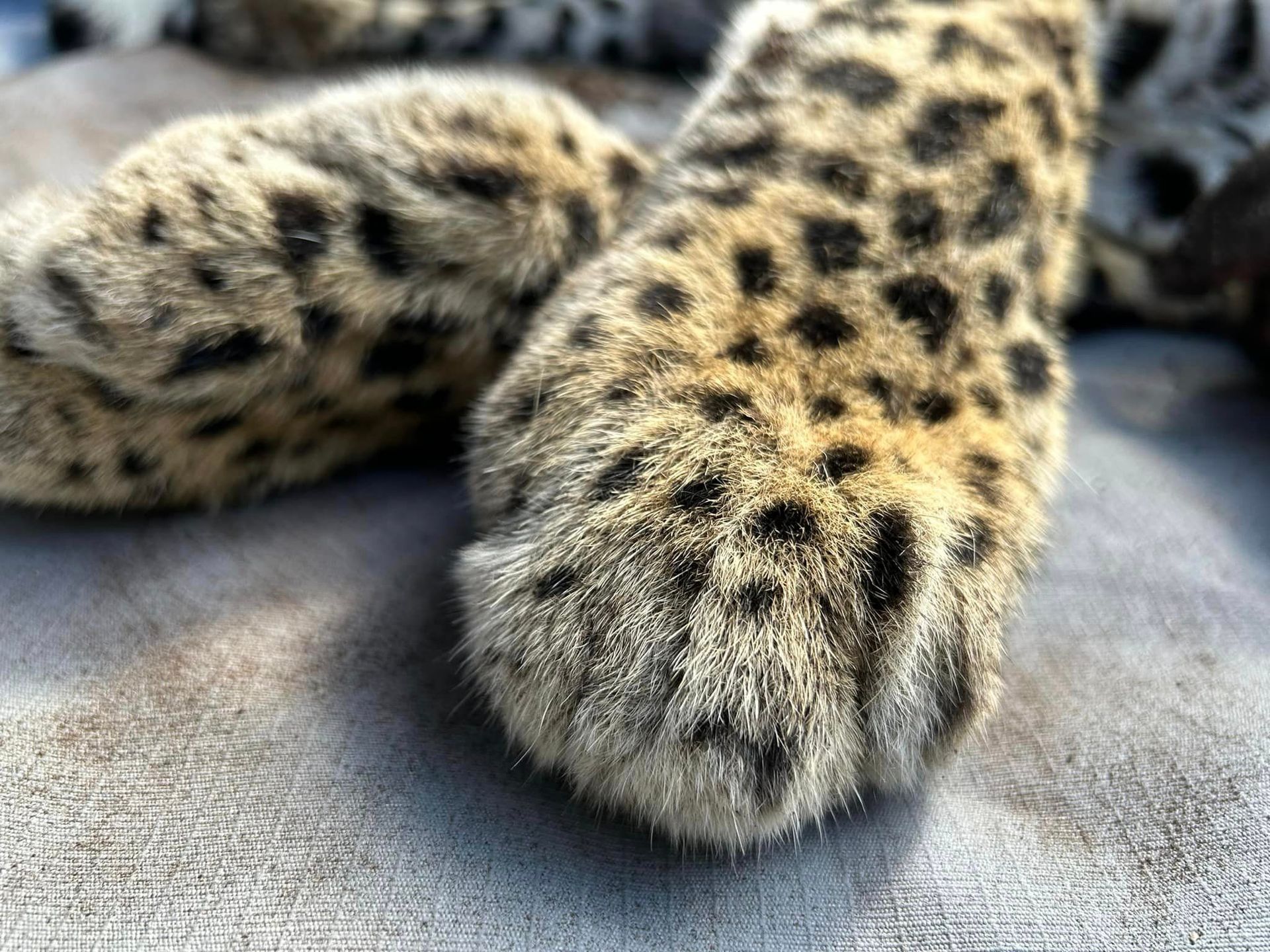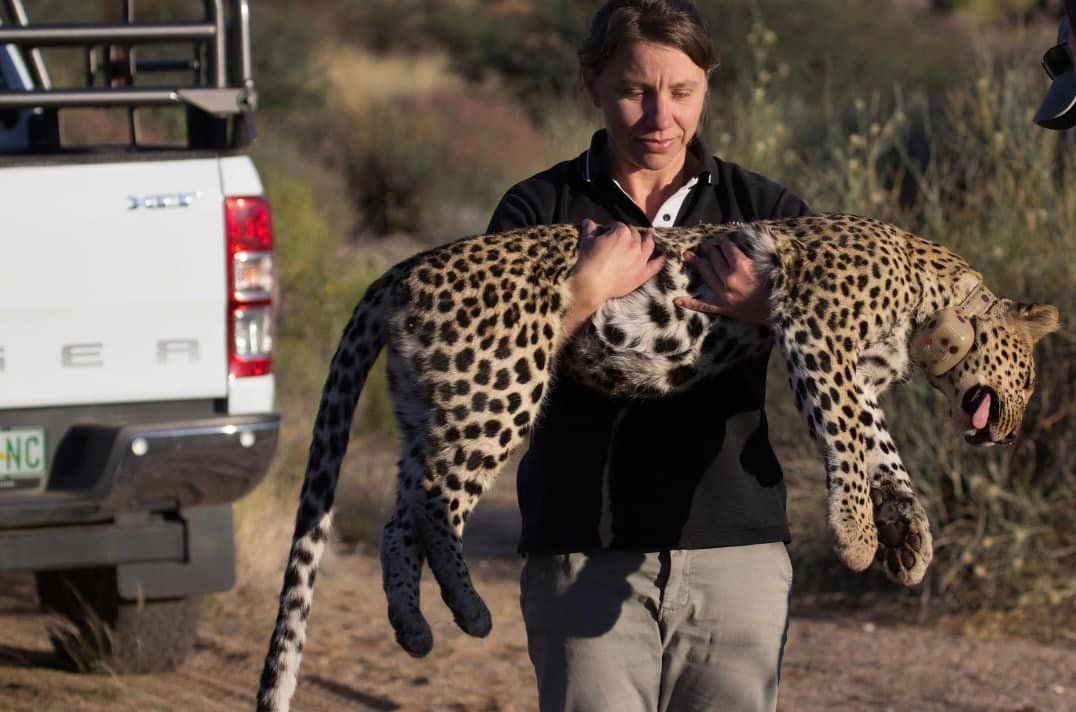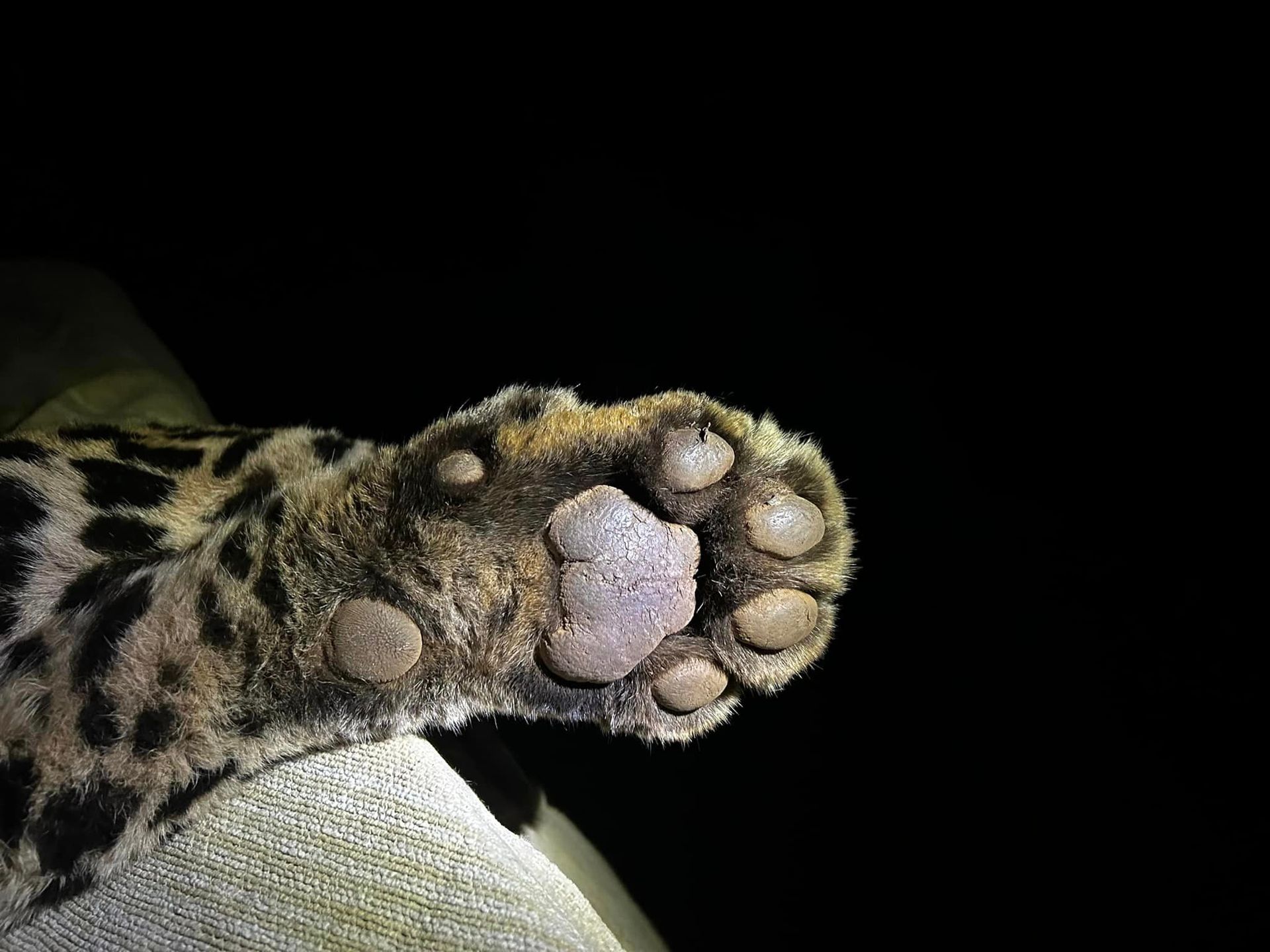Leopard Biology and Behavior
The Leopard: South Africa's Elusive Predator
The Leopard in the Eastern, Western and Northern Cape are have become restricted to the mountainous regions of South Africa. Generally smaller than their African counterparts, male Cape Leopards typically weigh between 30 to 55 kg (66 to 121 lbs), and females weigh between 20 to 30 kg (44 to 66 lbs).
The Leopard, scientifically known as Panthera pardus pardus, is currently listed as vulnerable. This status is primarily due to habitat loss, human-wildlife conflict, and illegal hunting. As urbanization and agricultural expansion continue, the natural habitats of these leopards are increasingly fragmented, leading to isolated populations that struggle with genetic diversity and prey availability. Human-wildlife conflict arises when leopards prey on livestock, leading to retaliatory killings by farmers. Additionally, illegal hunting for their pelts and other body parts remains a significant threat.
Conservation efforts focus on multiple fronts to protect this majestic species. Key strategies include the protection and restoration of natural habitats to ensure leopards have sufficient territory and resources. Reducing conflict with farmers through non-lethal management strategies, such as financial compensation for livestock losses and the use of deterrents, is crucial in fostering coexistence.
Promoting awareness and education about the ecological importance of leopards helps garner public support for their conservation. Research plays a vital role, with ongoing studies assessing leopard populations, genetic health, and movement patterns to inform effective conservation policies. Efforts by organizations like the Landmark Foundation are instrumental in these endeavors, as they work closely with local communities and authorities to create sustainable solutions for leopard conservation.
Early History

Leopards have been present in the Cape region for thousands of years, with evidence of their existence found in ancient rock art and archaeological sites. The Khoisan people, indigenous to the region, revered the leopard as a symbol of strength and agility. The leopards' adaptability allowed them to thrive in various habitats, from lush forests to arid mountain ranges. The Cape Leopard's natural resilience and elusive nature contributed to its survival through various environmental changes over millennia.
European Settlement and Persecution
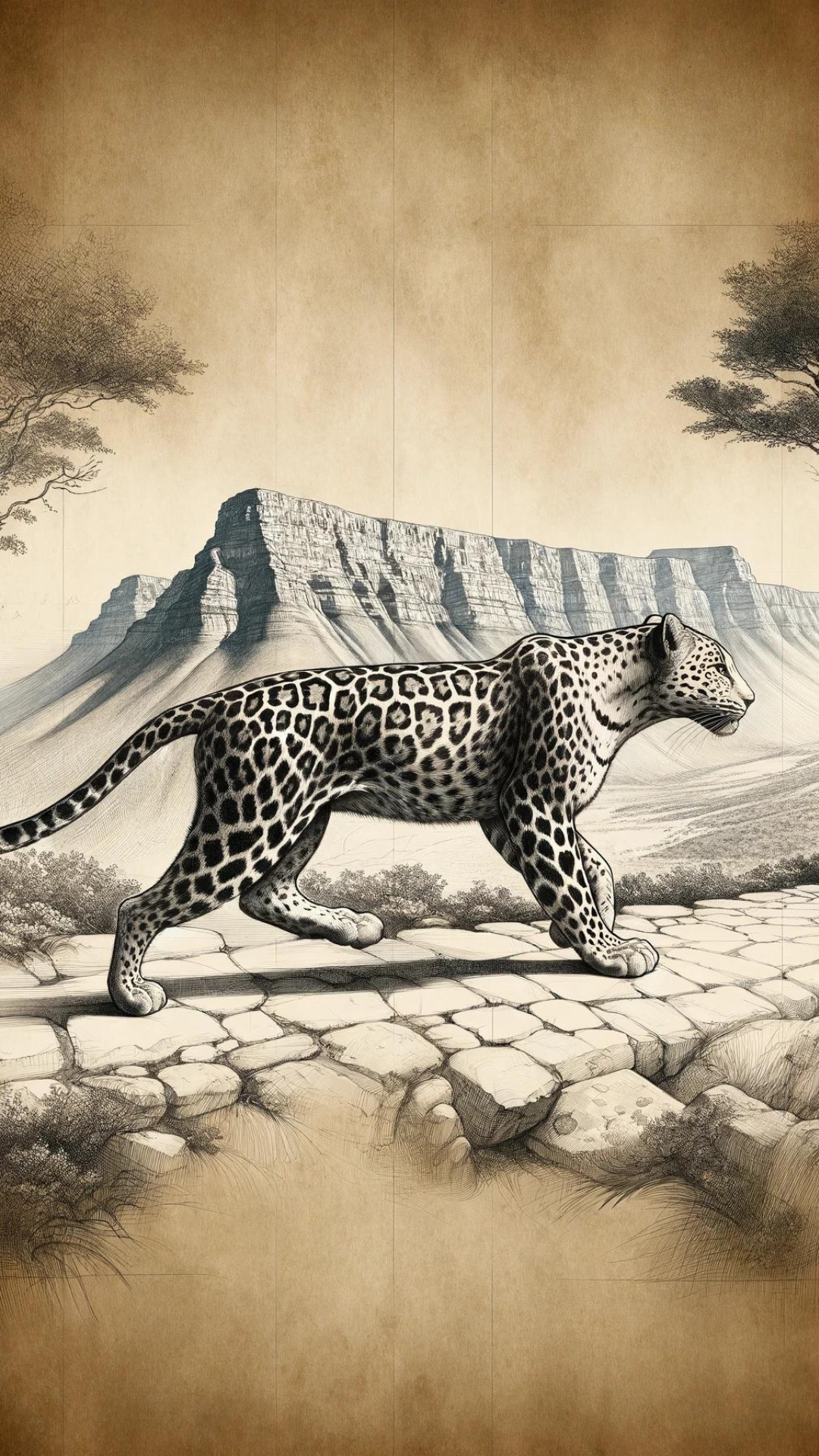
The arrival of European settlers in the 17th century marked the beginning of a challenging period for the Cape Leopard. Viewed as vermin and a threat to livestock, leopards were hunted extensively. Bounties were placed on leopards, and their populations began to decline rapidly. By the 19th and early 20th centuries, leopards had been extirpated from many lowland areas and confined to the more remote and rugged terrains of the Cape mountains. The leopard’s status shifted dramatically, from a revered creature to a targeted pest, due to the settlers' agricultural expansion and the subsequent loss of natural prey.
Modern Challenges
 Learn More
Learn MoreDespite these efforts, the Cape Leopard remains vulnerable. Habitat fragmentation, human-wildlife conflict, and illegal hunting continue to threaten their survival. Conservationists are employing innovative strategies such as camera trapping, DNA analysis, and financial compensation schemes for livestock losses to protect these leopards. The emphasis on non-lethal predator management tools, such as kraaling and aversion devices, is pivotal in reducing conflict and fostering coexistence between leopards and local communities. These measures aim to promote coexistence between leopards and local communities, ensuring a future for this iconic subspecies.
History of the Cape Leopard
The Cape Leopard (Panthera pardus pardus) is a unique and fascinating subspecies of leopard found primarily in the mountainous regions of the Western Cape, South Africa.
Historically, these majestic creatures roamed vast territories, coexisting with indigenous communities and other wildlife.
However, their history has been marked by significant challenges and conservation efforts aimed at preserving their dwindling populations.
The mid-20th century saw the beginnings of conservation awareness in South Africa. In the 1960s, state-funded bounties on leopard culling were terminated, marking a significant shift in wildlife management policies.
The establishment of protected areas and national parks provided some refuge for the remaining leopard populations. NGOs like the Landmark Foundation have played a crucial role in advocating for the Cape Leopard's conservation.
Our efforts include extensive research, habitat preservation, and community engagement to mitigate human-wildlife conflict.
The Foundation’s strategies have encompassed a range of initiatives, from the deployment of camera traps to understand leopard densities and movements, to the implementation of financial compensation schemes for farmers affected by livestock predation.
"Silent guardian of shadows, the Cape Leopard endures timeless trials."
The Cape Leopard is not only a critical part of South Africa’s natural heritage but also plays an essential role in maintaining ecological balance. As apex predators, leopards help regulate prey populations and maintain the health of ecosystems. Protecting these leopards involves a multifaceted approach that includes scientific research, community involvement, and policy advocacy. Ongoing efforts to educate the public about the importance of leopards and the benefits of biodiversity are crucial for garnering broader support for conservation initiatives.
Exploring the Wilderness: Our Research Areas
Donate to Support Cape Leopard Conservation
Your donations are crucial in helping us continue our conservation efforts to protect the Cape Leopard. Every contribution goes directly towards funding research, habitat preservation, and community outreach programs.
Volunteer with Us
Join our team of dedicated volunteers and make a difference in the lives of Cape Leopards. We offer various volunteer opportunities, from field research assistance to community education programs.
Adopt a Cape Leopard
Symbolically adopt a Cape Leopard and help us fund their protection. Your adoption will support efforts to monitor their population, ensure their habitat is preserved, and reduce human-wildlife conflicts.
Participate in Educational Programs
Learn more about the Cape Leopard and how you can help protect them by participating in our educational programs. We offer workshops, school visits, and interactive sessions for all ages
Case Studies
The Piketberg Case: A Model for Human-Wildlife Coexistence
- Project Duration: Since 2019
- Collared Leopards: Eight
- Farmer Engagement: Seven farmers in conflict areas.
- Financial Compensation: R73,011.2 paid out to participating farmers.
Discover how the Landmark Foundation's innovative strategies are transforming human-leopard conflicts into opportunities for coexistence in the Piketberg Mountains. Learn about our financial compensation scheme, non-lethal predator control, and community engagement efforts that are making a significant impact.
Read the full story and join us in protecting South Africa's majestic leopards.
